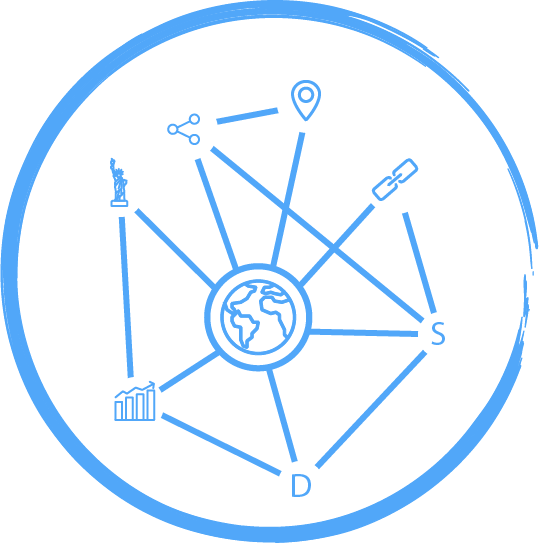Time Series for Everyone
Summary
The availability of large quantity of cheap sensors brought forth by the so called “Internet of Things” has resulted in an explosion of the amounts of time varying data. Understanding how to mine, process and analyze such data will only to become an ever more important skill in any data scientists toolkit.
In this lecture, we will work through the entire process of how to analyze and model time series data, how to detect and extract trend and seasonality effects and how to implement the ARIMA class of forecasting models. Both real and synthetic datasets will be used to illustrate the different kinds of models and their underlying assumptions.
Program
Understanding Timeseries
Empirical Examples
Trends
Seasons and Cycles
Processing Timeseries data
Timeseries transformations (diff, lag, sqrt, etc)
Resampling/fill methods
Bootstrapping/Jacknife
Autocorrelations and Partial Autocorrelation Function
Correlations of 2 timeseries
Random Walks
White noise
Drift
Smoothing/Rolling window
Fast-Fourier Transform
ARIMA Models
Auto-regressive models (AR)
Moving Averages (MA)
Fitting ARIMA models
Seasonal ARIMA models
Resources
Practical Time Series Analysis: Prediction with Statistics and Machine Learning
A. Nielsen (2019)
Practical Time Series Analysis
A. Pal, P. K. S. Prakash (2017)
Introduction to Time Series and Forecasting
P. J. Brockwell, R. A. Davis (2016)
Time Series Analysis: Forecasting and Control
G. E. P. Box, G. M. Jenkins, G. C. Reinsel, G. M. Ljung (2015)
Time Series: Modeling, Computation, and Inference
Raquel Prado, Mike West (2010)
References
Previous Editions:
Dec 2, 2020 - https://learning.oreilly.com/live-training/courses/time-series-for-everyone/0636920477334/
Jul 29, 2020 - https://learning.oreilly.com/live-training/courses/deep-learning-for-everyone/0636920396819/
Apr 08, 2020 - https://learning.oreilly.com/live-training/courses/time-series-for-everyone/0636920379775/
Jan 17, 2020 - https://learning.oreilly.com/live-training/courses/time-series-for-everyone/0636920351108/
Oct 14, 2019 - https://learning.oreilly.com/live-training/courses/time-series-data-processing-and-modeling/0636920325239/

